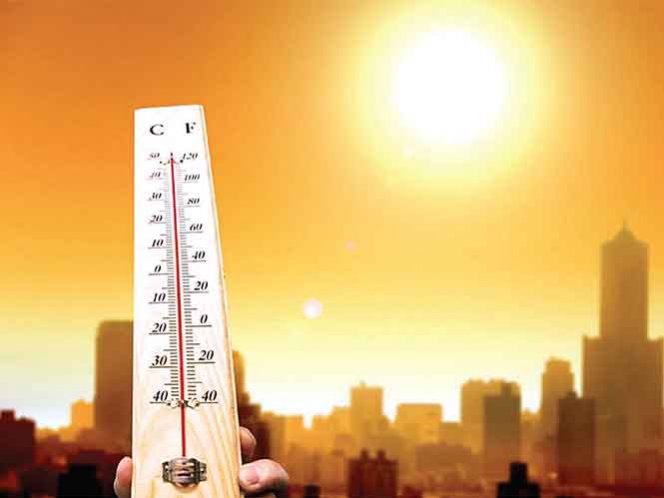2016 Second Warmest Year Documented
February 1, 2017
Nationwide average temperature records have shown a shift in the past year, as the average temperature of 48 states in the United States – excluding Hawaii and Alaska – has reached the second highest level in history. In over 100 years of temperature recording, the average for 2016 has resulted in 54.9 degrees F, which is 2.9 degrees above the United States 20th century standard. The increasing average temperature has been a recent trend of the past few years being as this is the twentieth consecutive year the annual numbers exceeded the average. Likewise, the only other year with a higher temperature occurred in 2012, with an average annual temperature of 55.3 degrees Fahrenheit.
According to scientists from NOAA’s National Centers For Environmental Information, in the past year, every state in the U.S. has experienced above average temperatures. No other year has had as many states breaking, or coming close to breaking, their warmest average annual temperature. Out of all the states that experienced above average temperatures, Georgia broke a new temperature record in 2016. Scientists have linked the increase in temperature to the growing amount of human emission which has long since led to the global warming pattern. It is due as well to the eruption of heat from the El Niño climate pattern in the Pacific Ocean (a change in movement of surface waters and an addition of heat to the air in the east side of the Pacific from California to Chile). Correspondingly, for the month of December of 2016, the northwestern quarter of the U.S. was generally cooler than average for the month, while the Southern U.S. and Atlantic Coast states were warmer than average. Along with increasing annual average temperatures, 2016 has experienced a rise in the annual average precipitation. The escalating annual temperatures have shown a correlation with natural disasters, which have cost the U.S. population lives as well as billions of dollars in reconstruction. According to the NOAA (the National Oceanic and Atmospheric Administration), 2016 has had the second highest number of disasters experienced in one year – including Hurricane Matthew, wildfires, and drought – with double the record number of inland flooding events for one year.
It is expected by climate experts that this year will be relatively cooler than the previously warm 2016 year. However, due to continuing buildup of carbon dioxide and other heat-trapping gases, the global warming trend will still be expected to be a long term problem in our future.



